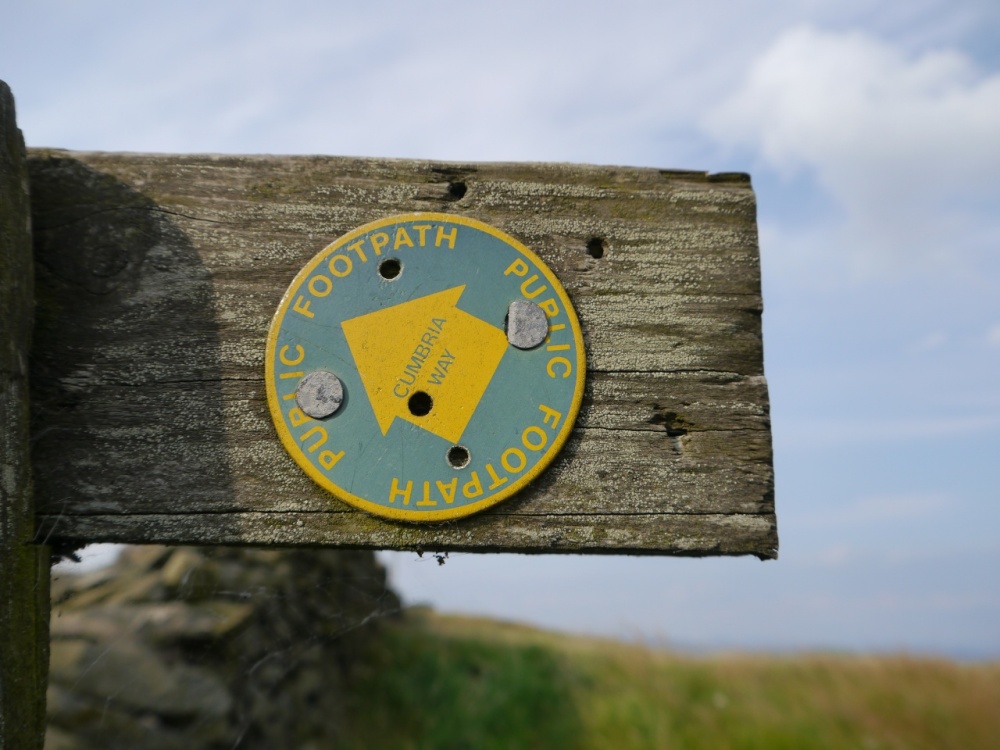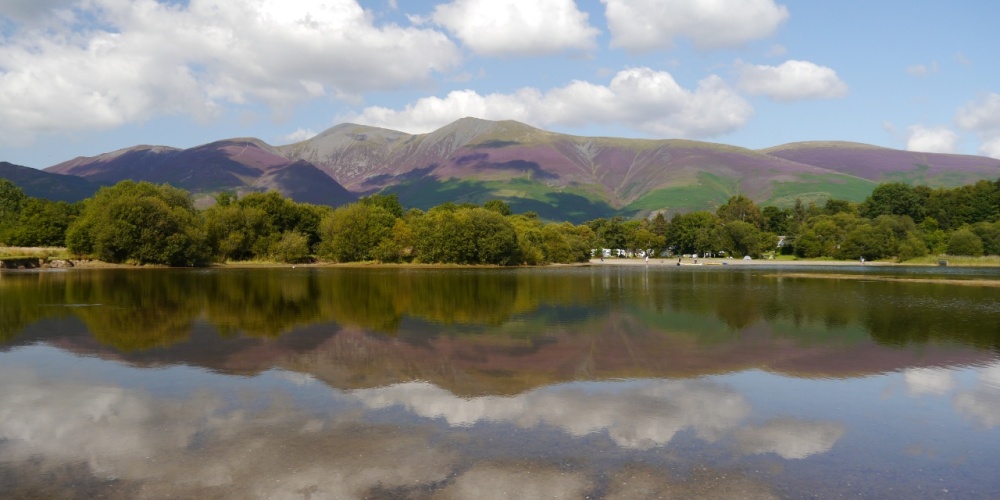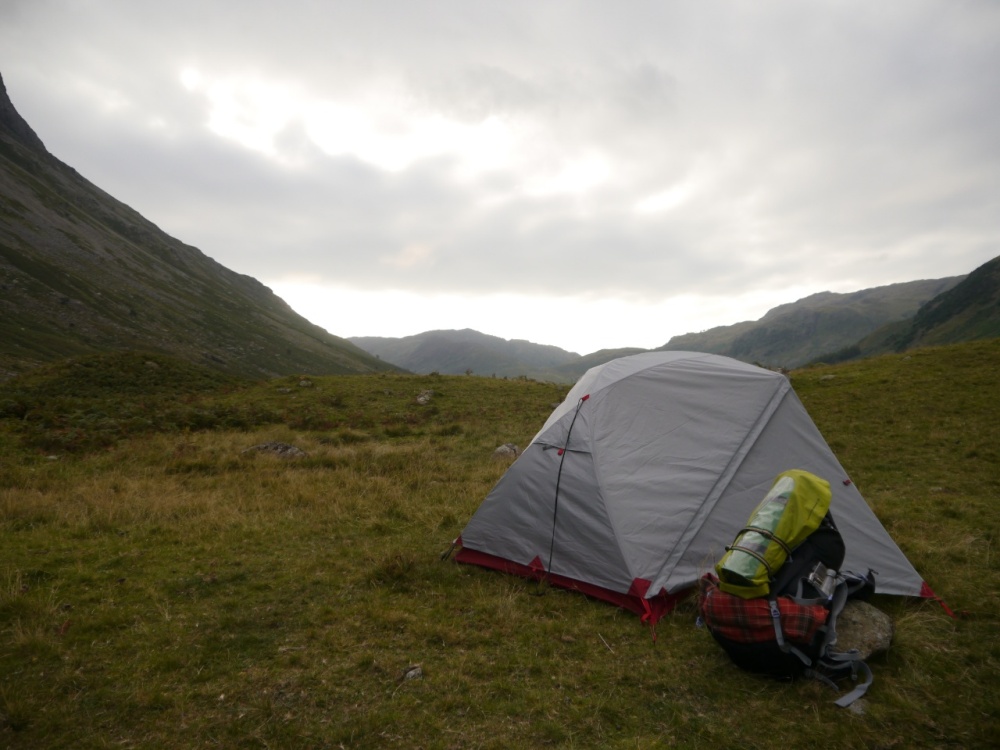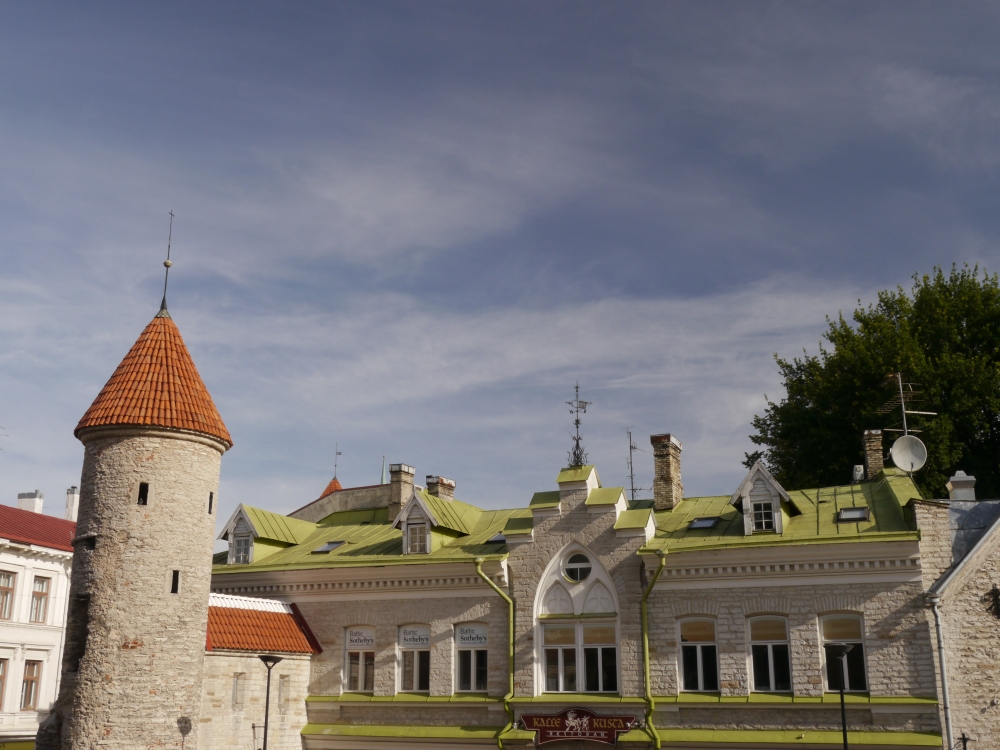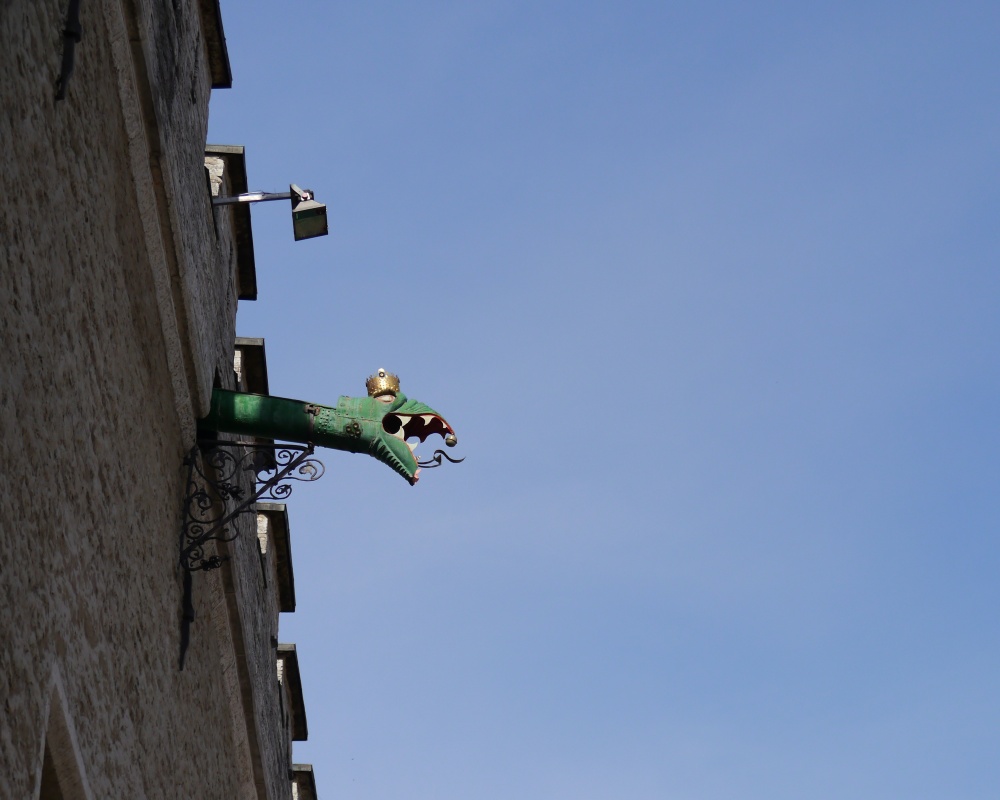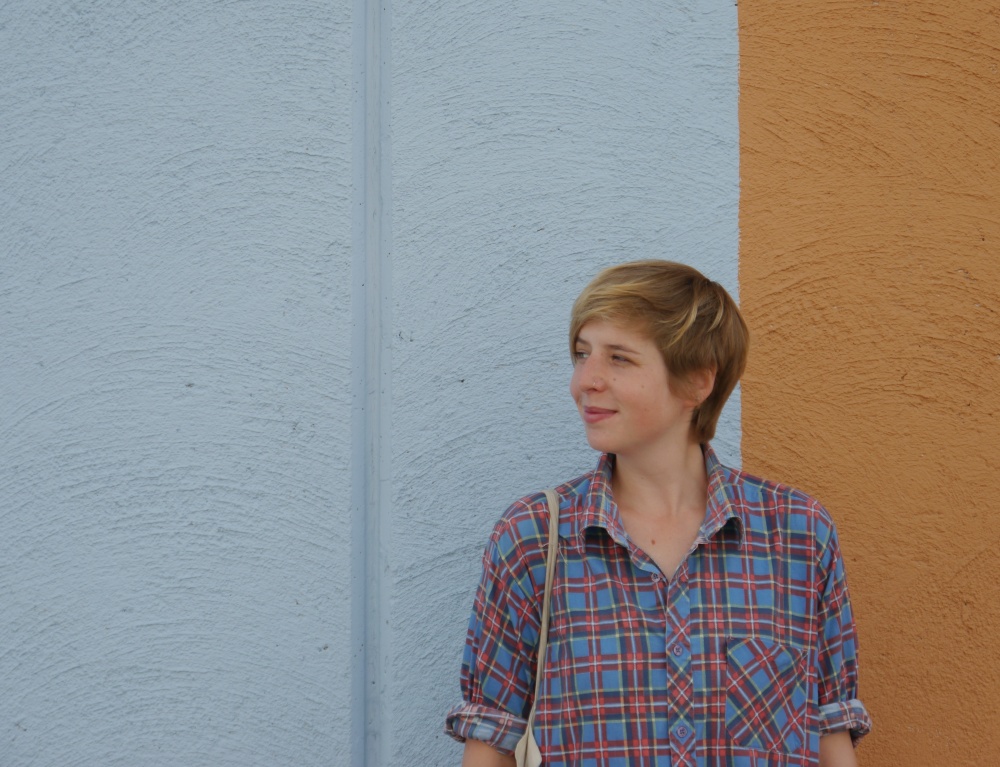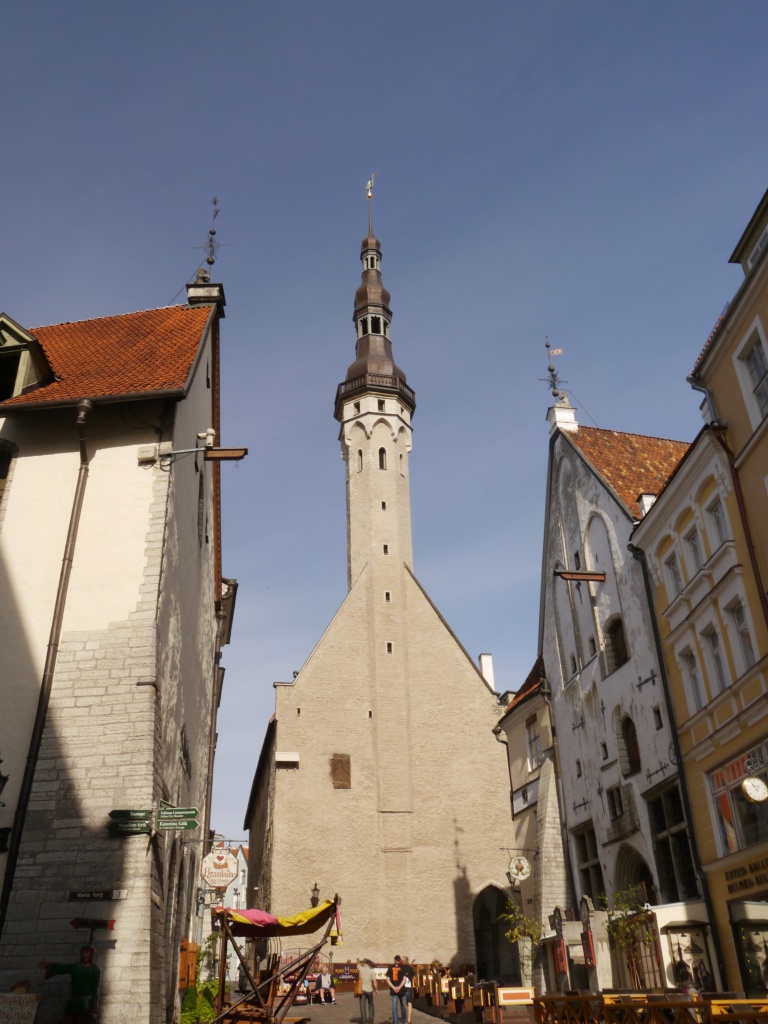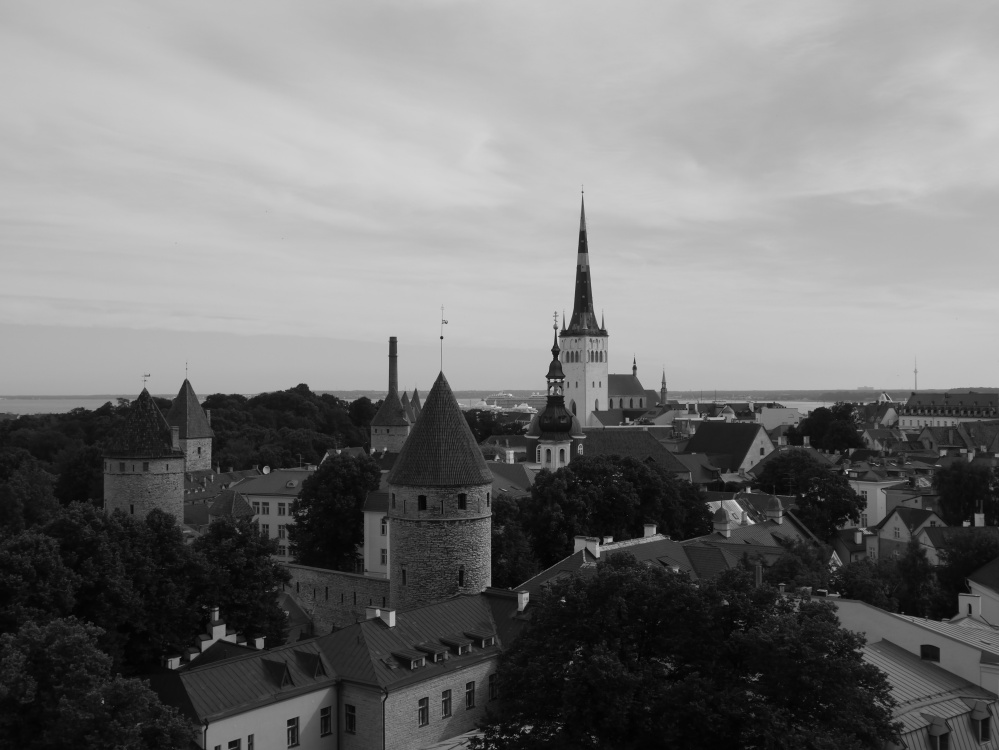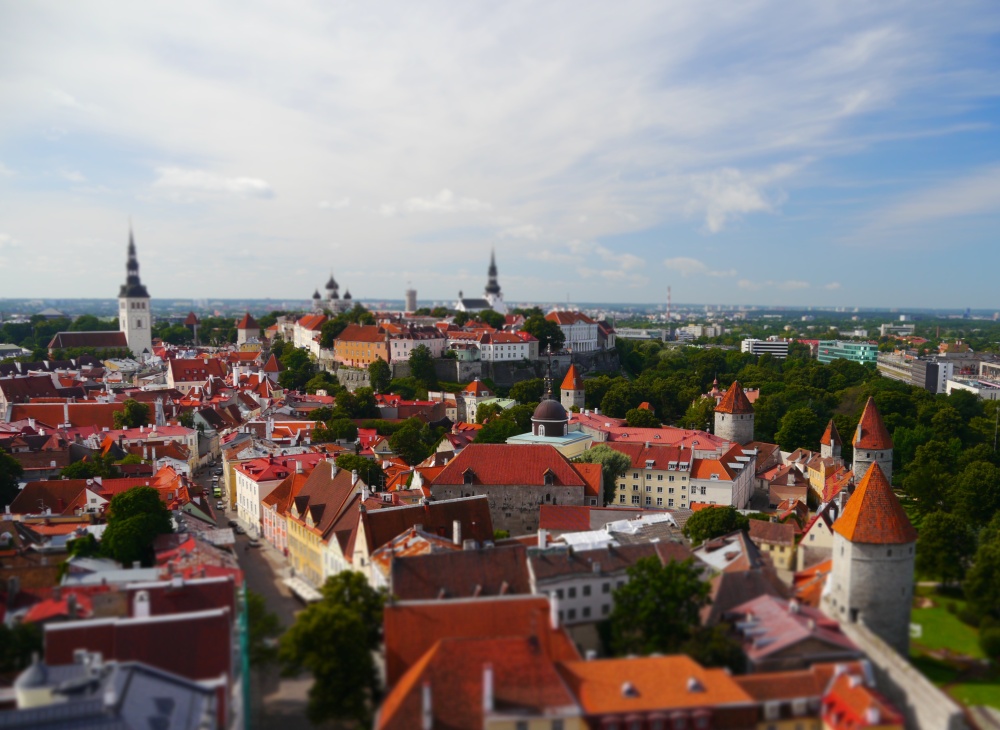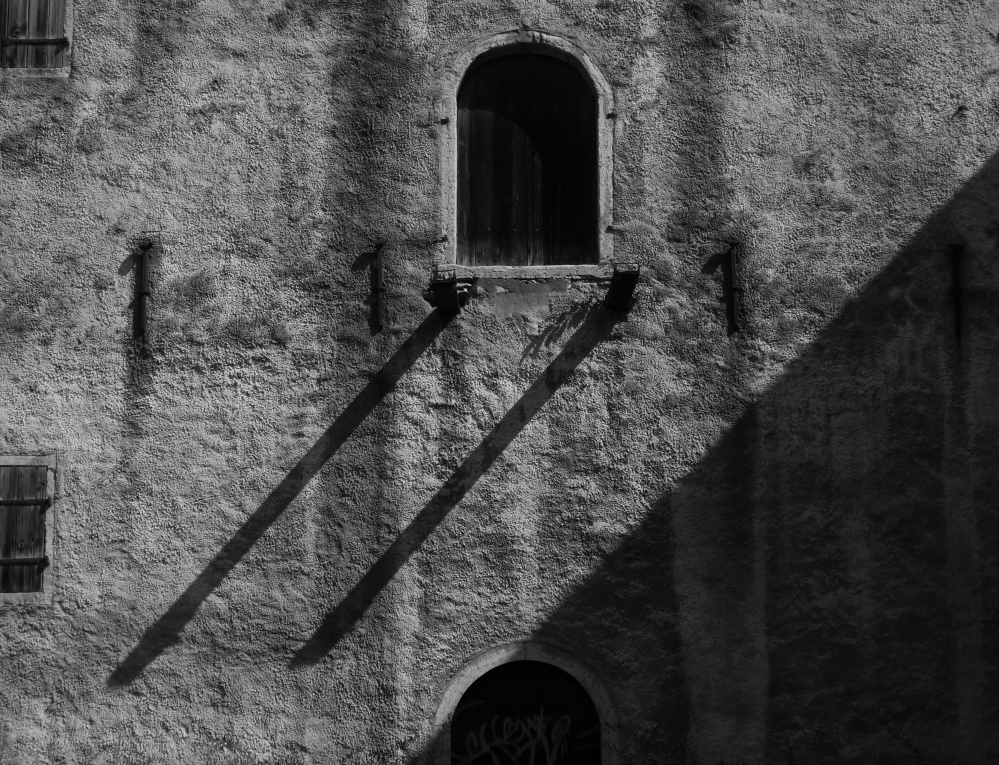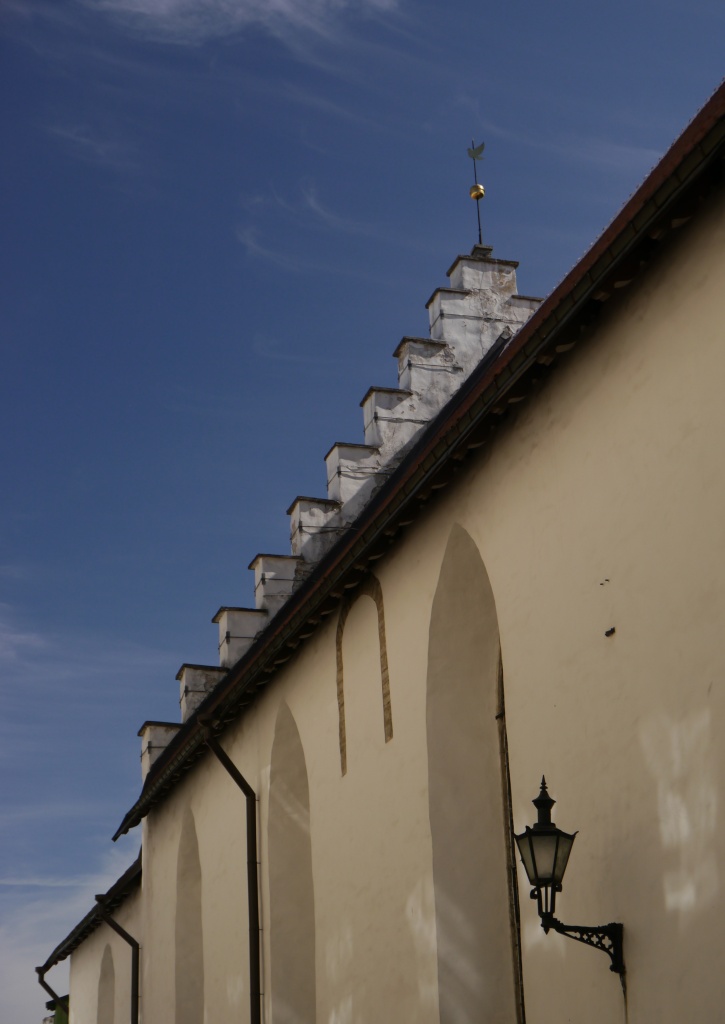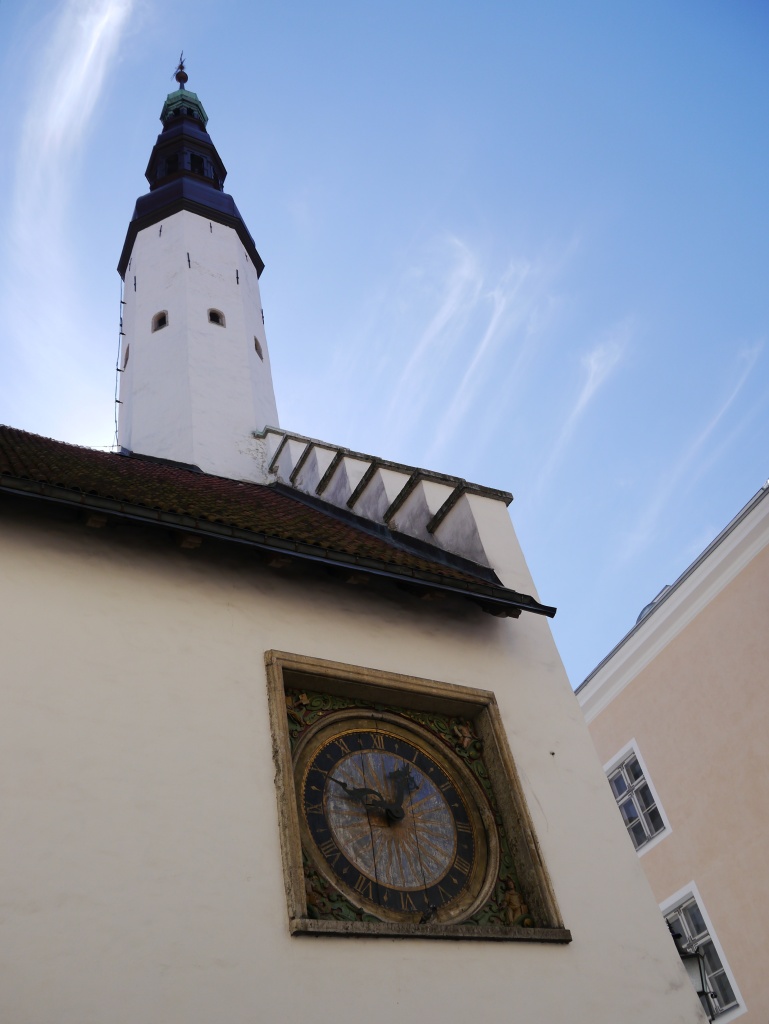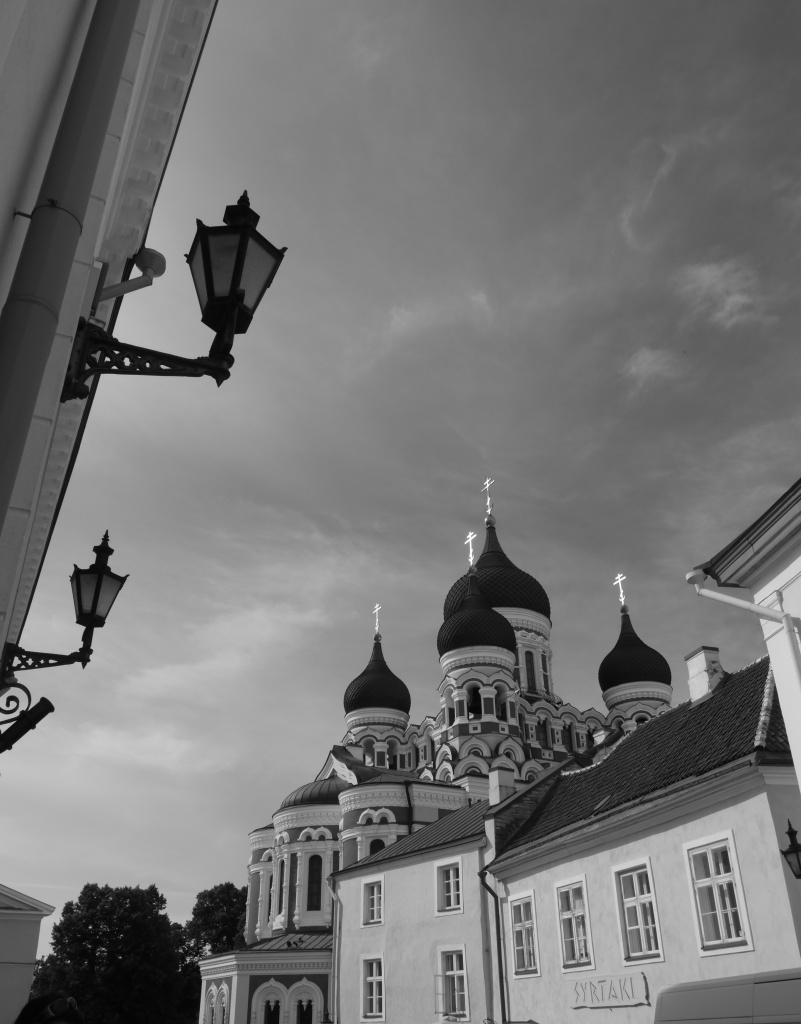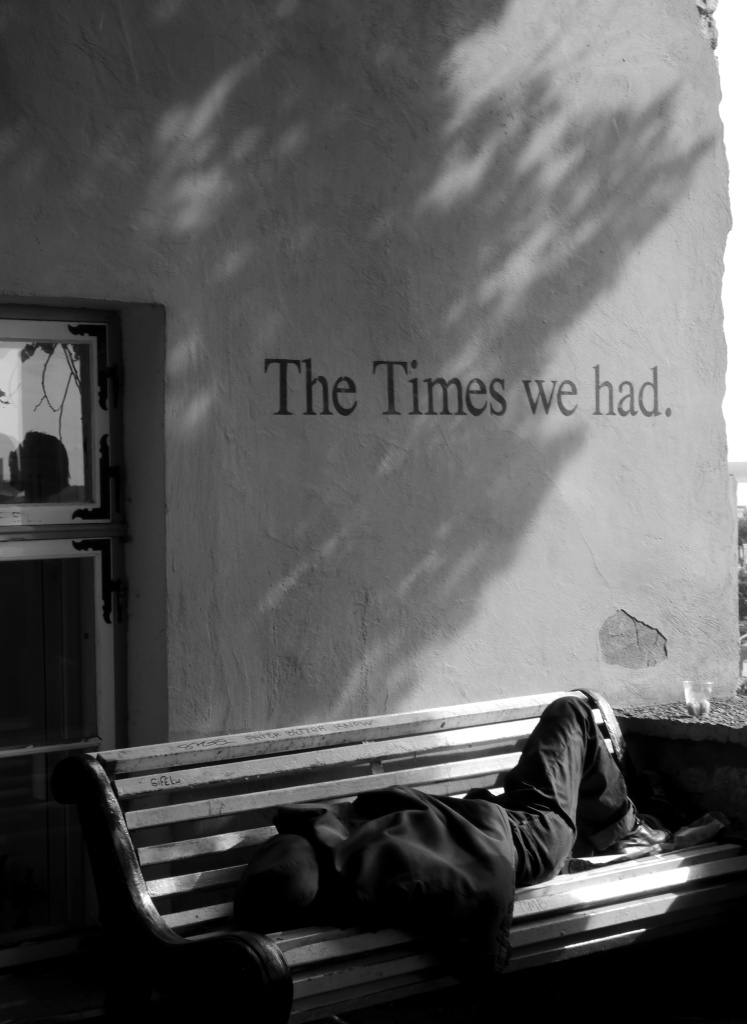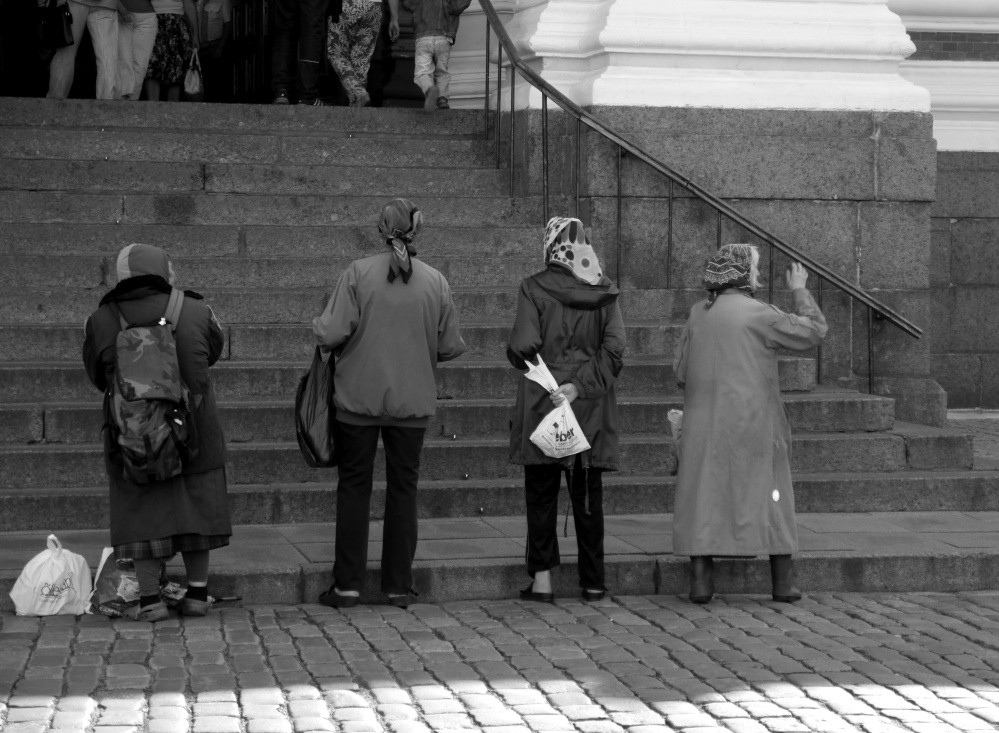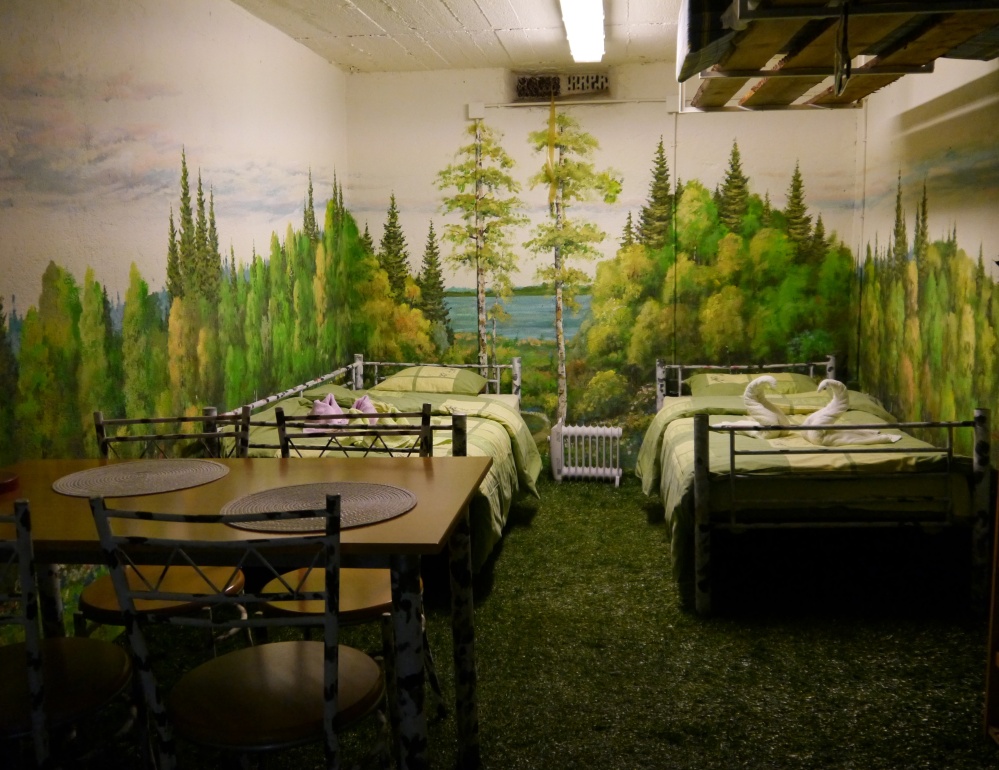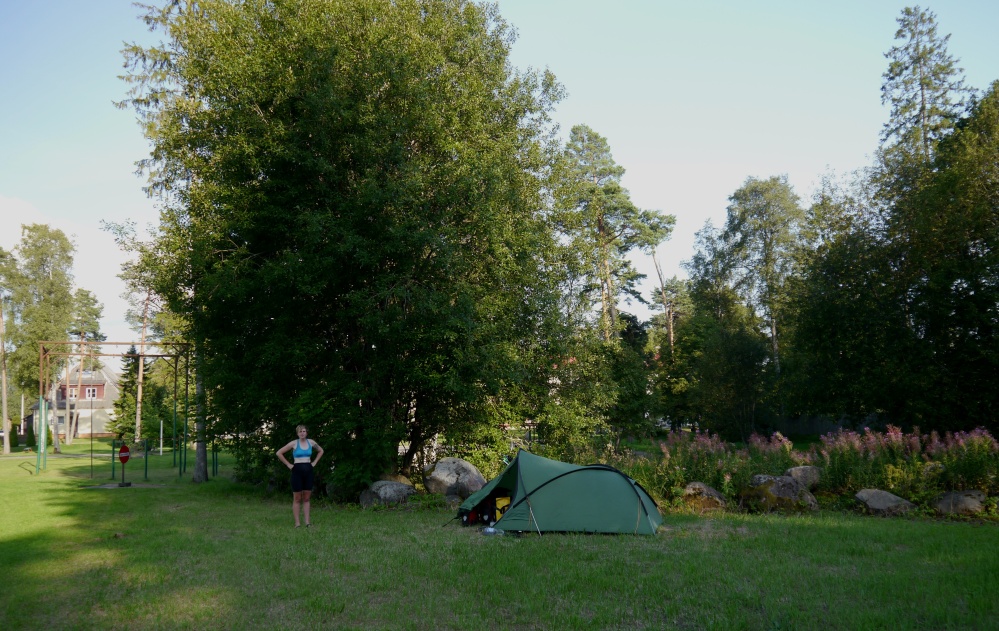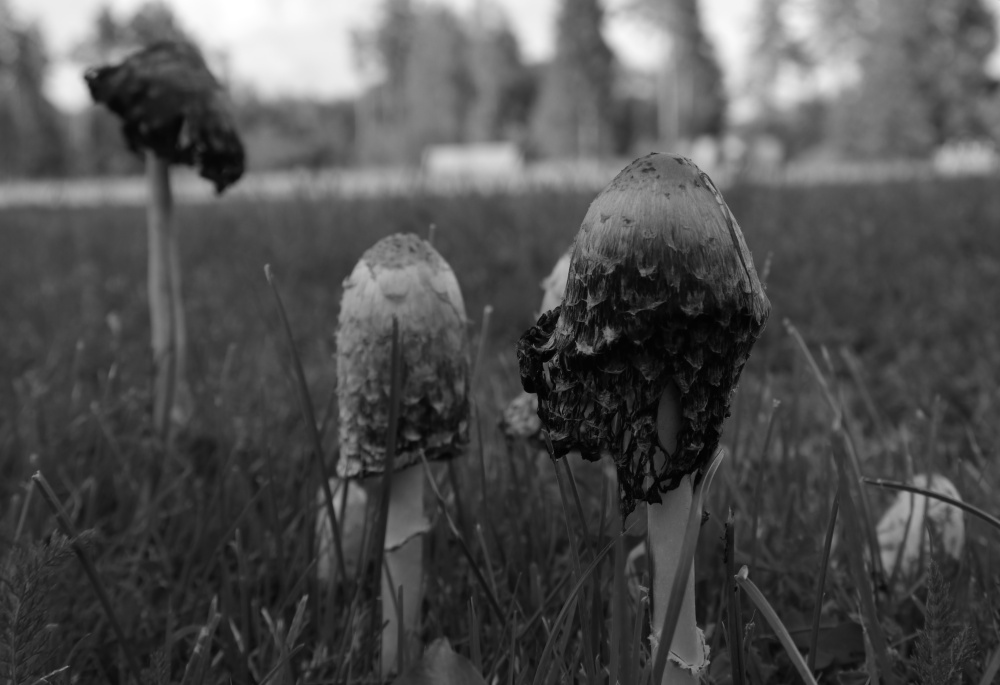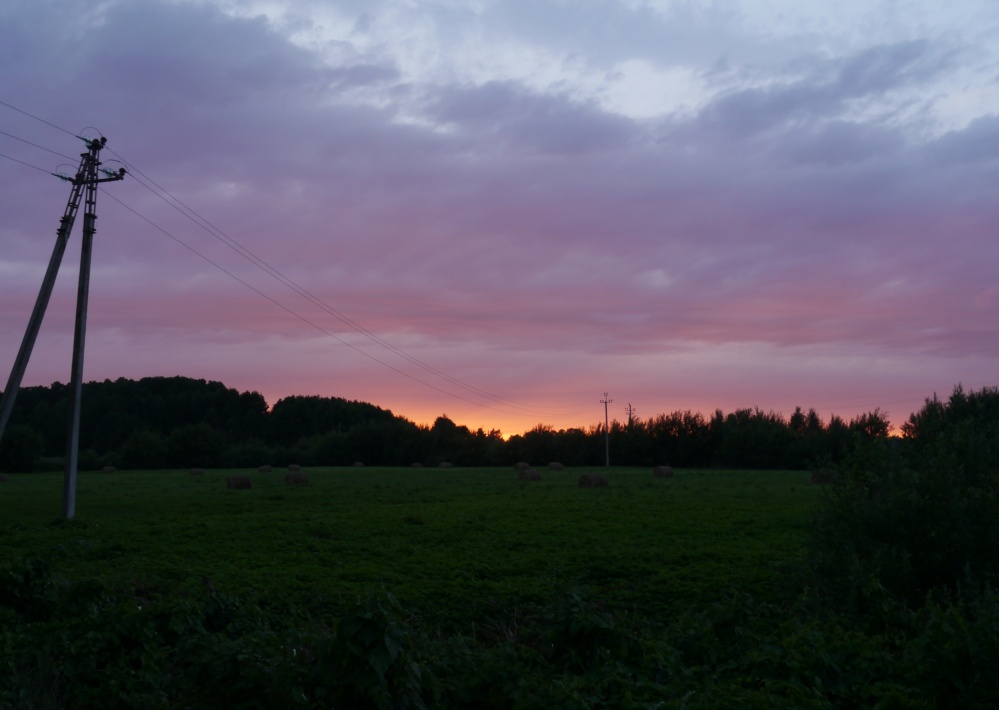Velocitea left the bicycles behind for a bit of walking in the Lake District: 72 miles through Carlisle, Caldbeck, Keswick, Langdale, Coniston, and Ulverston.
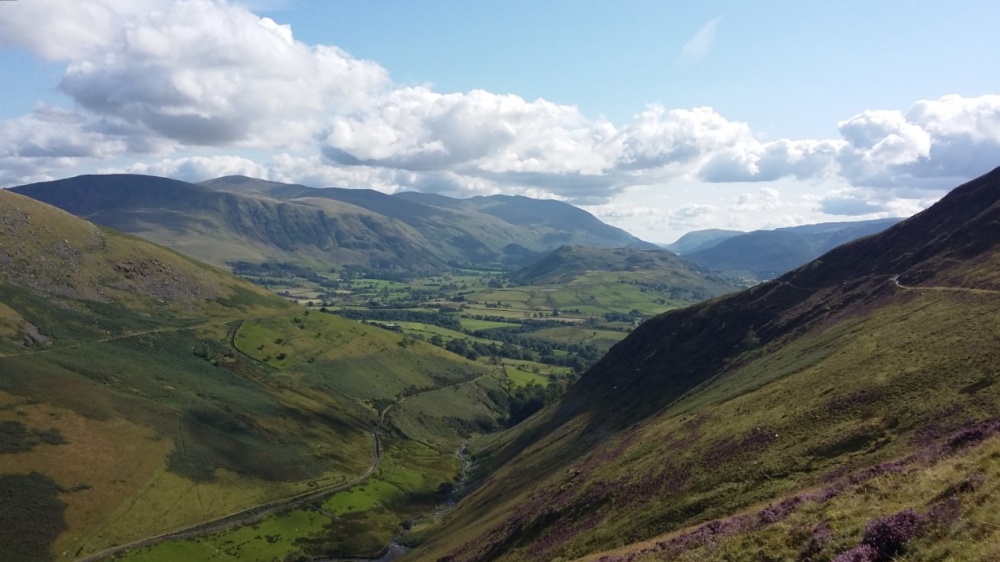
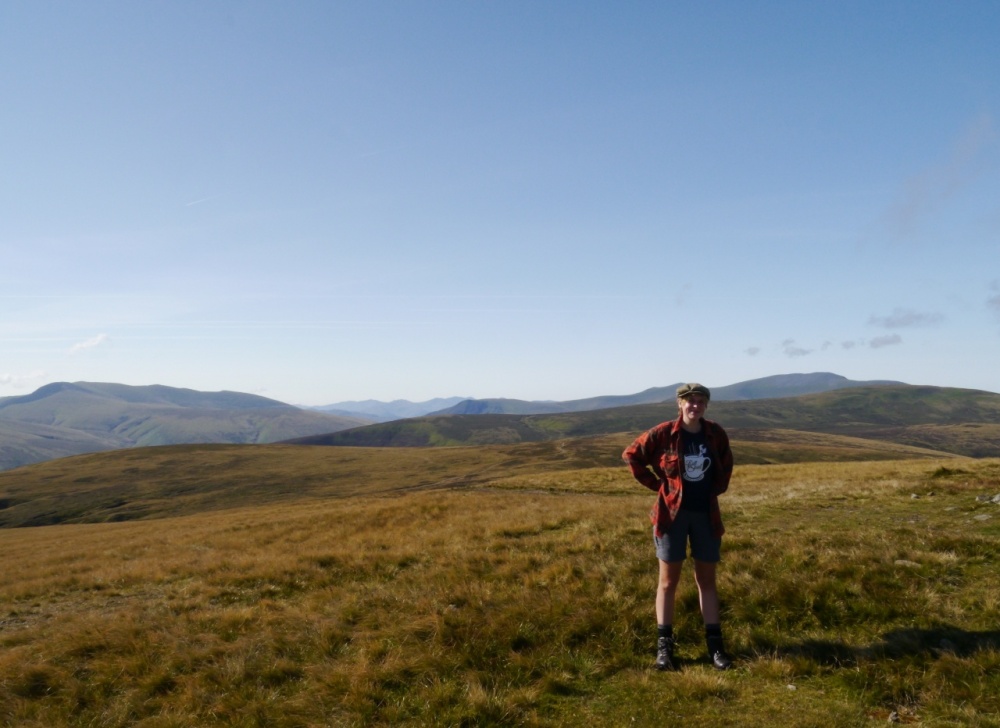
It was nice not to worry about bike spares and tools, and to just rely on our feet for a change. We tried to pack light (no teapot this time) and caught the train up to Carlisle, to start the Cumbria way in reverse. There was a week-long window of sunny bright weather. I had a new pair of boots and a rucksack full of oatcakes, and was excited to be walking in England!
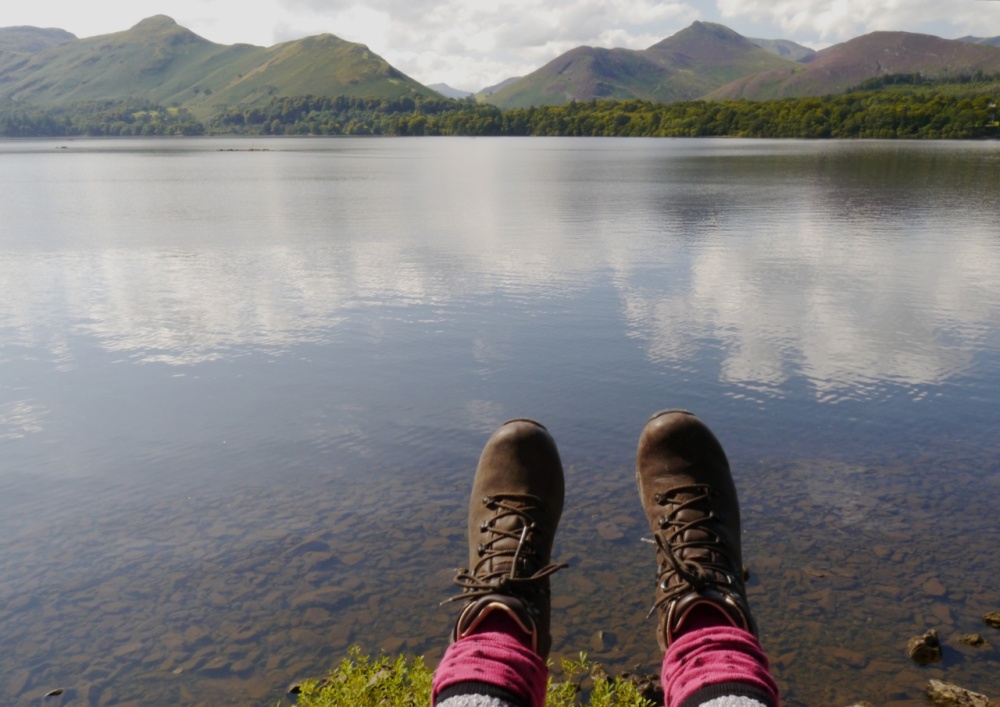
We booked a camping barn for our first night, just outside of Caldbeck. The first day’s walking was relatively flat, but we’d soon be climbing High Pike. We were the only people staying in the barn, which was big enough to sleep twelve on mattresses on the floor.
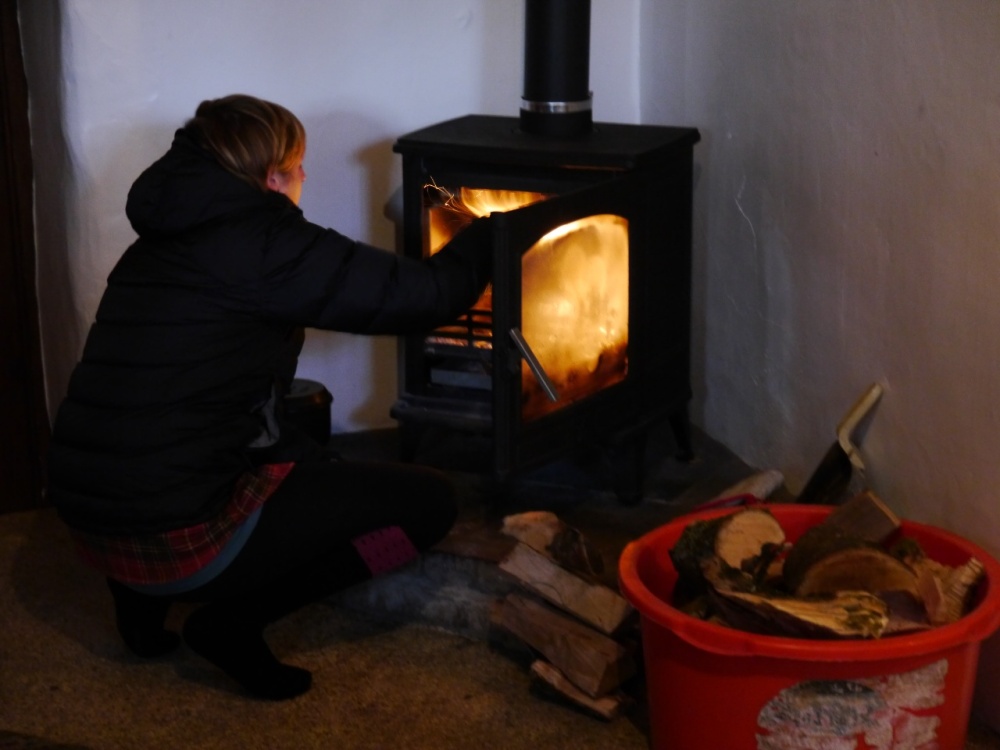
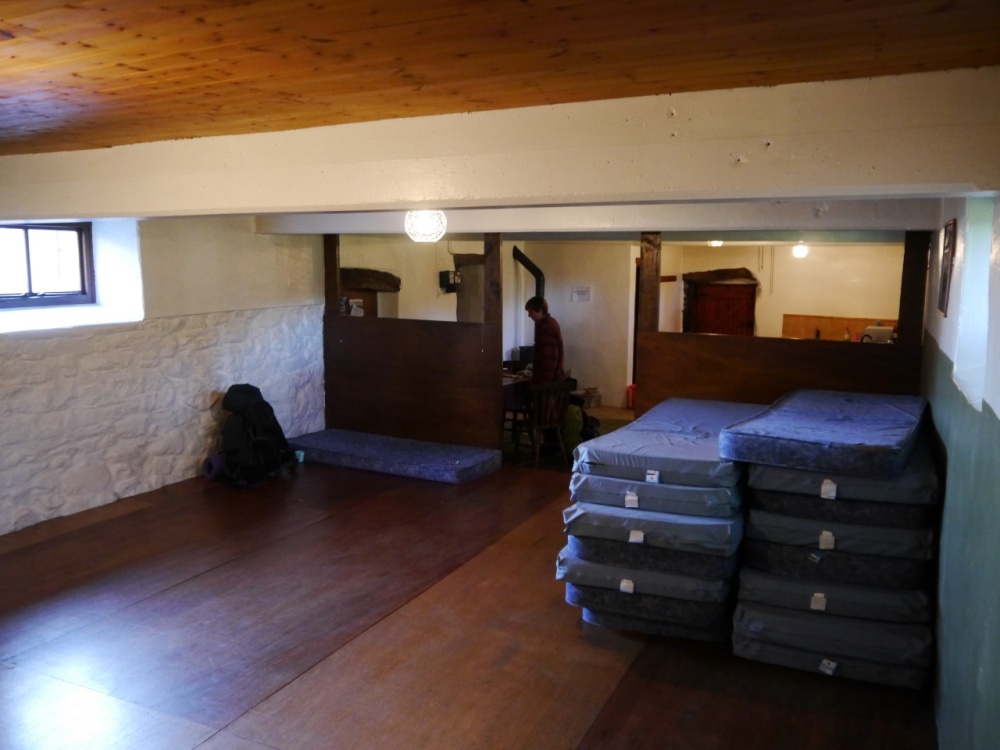
In the late summer evening there was quite a chill in the air, and a golden wintry light spread over the fields.
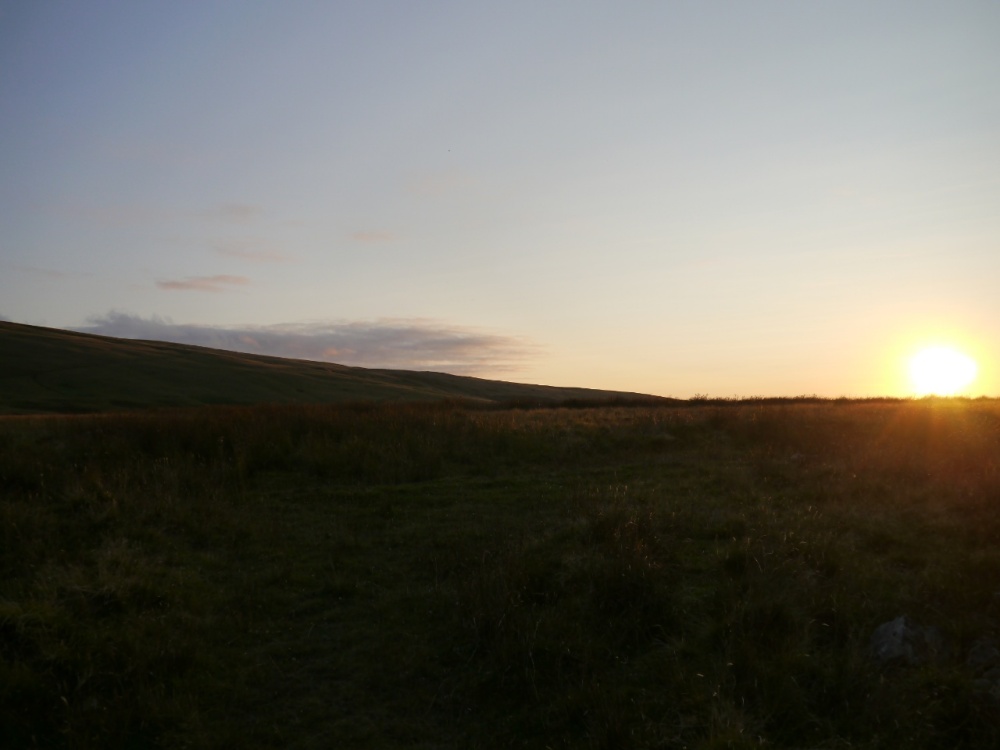
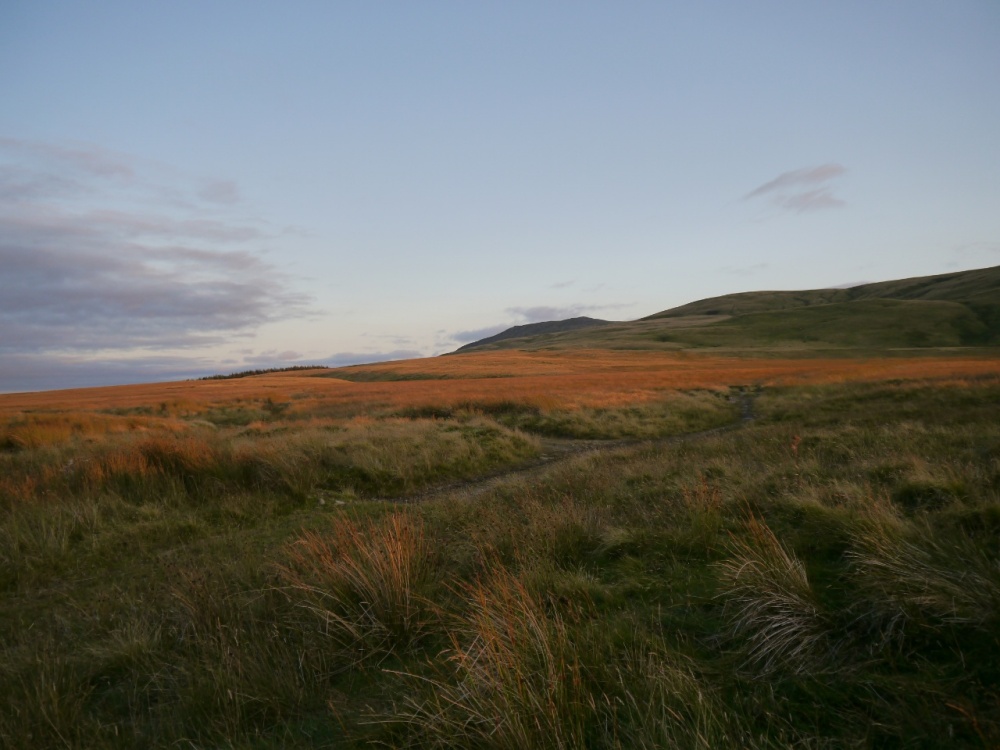
A fence marked the edge of the farm and the edge of the hills. In the morning, through the gate, we were straight into the high country, springing over the mossy heath and up into the fells. The way back down from High Pike was steeper, and the slopes were purple and fuzzy with heather. We filled our bottles from cold, rushing streams (high enough to be above any farms or sheep), and picked our way along the high paths towards Keswick.
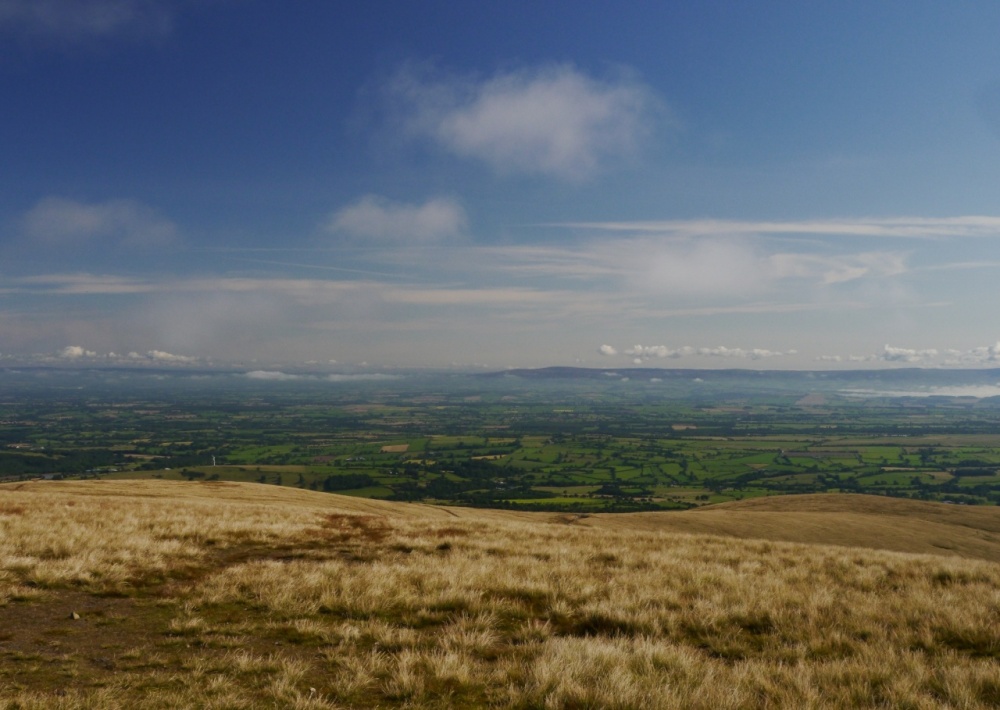
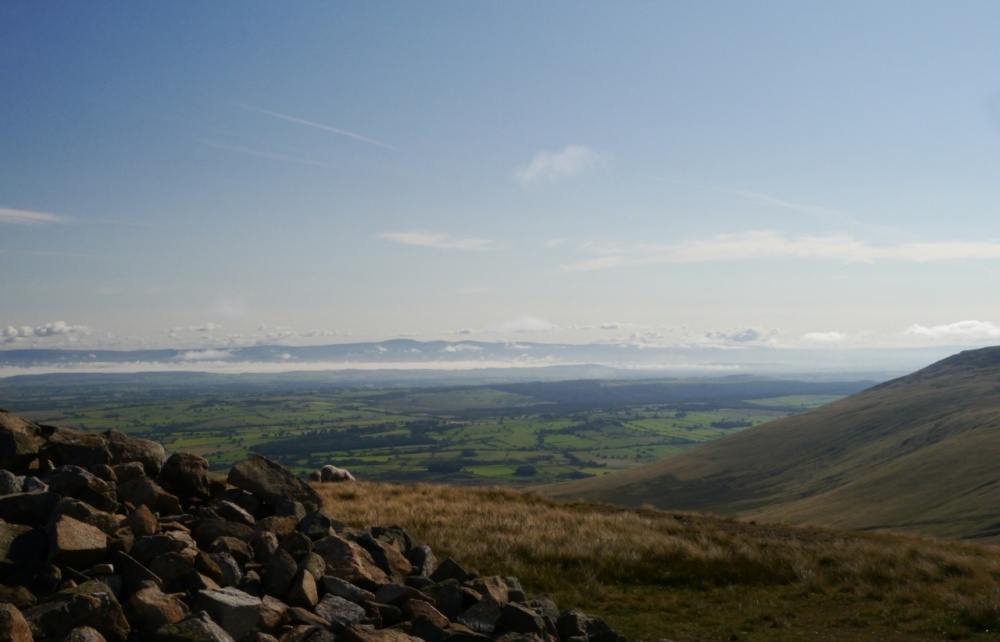
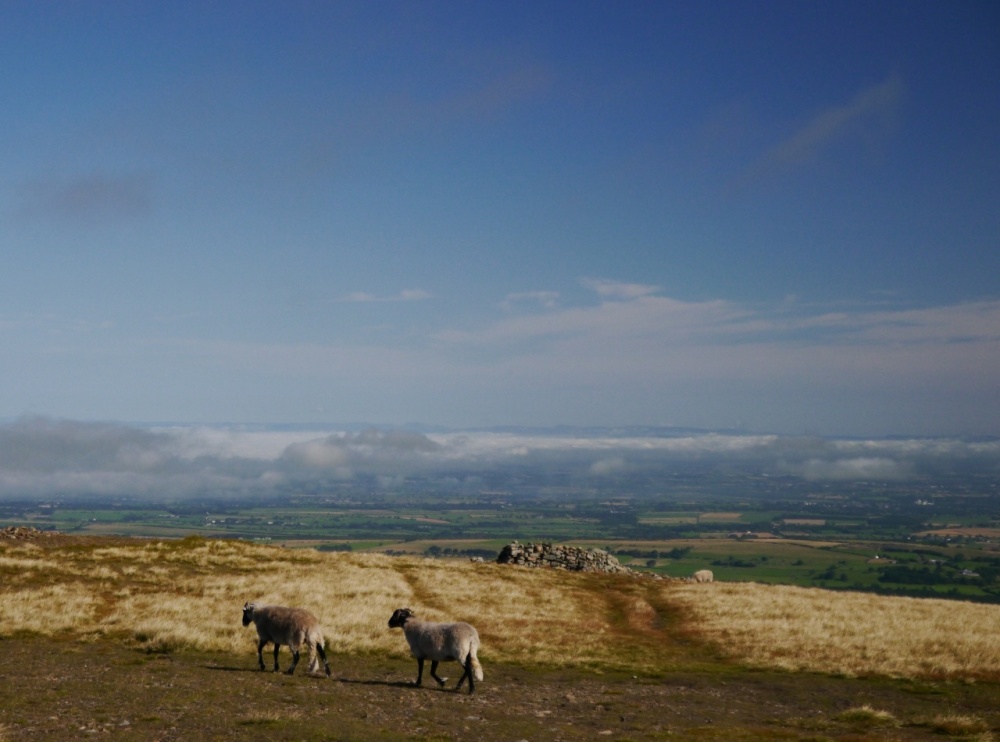
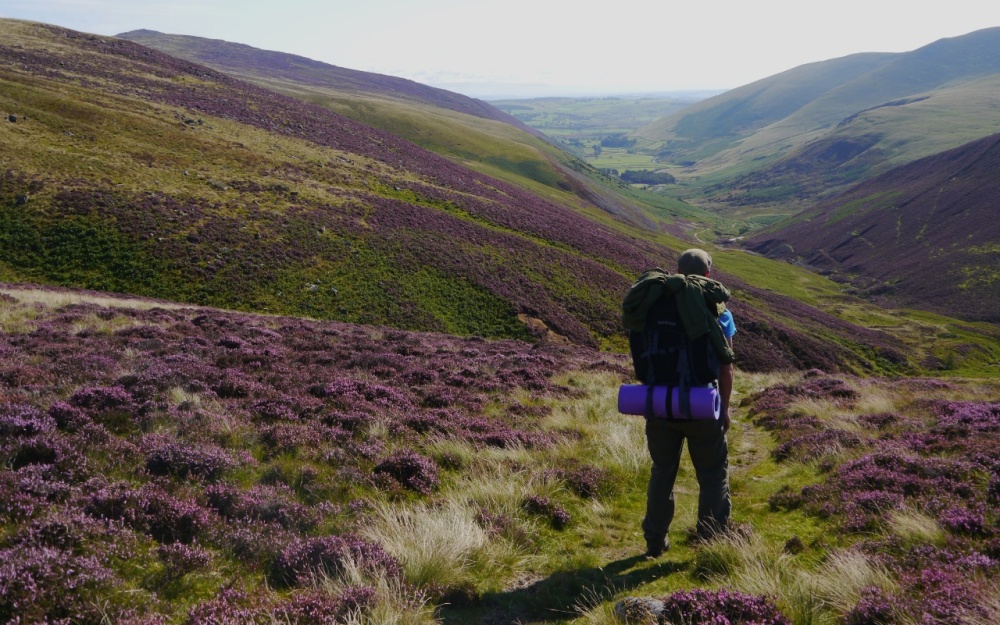

We spent a day in Keswick at a campsite on the shore of Derwent Water, and were envious of the people heading out onto the lake in kayaks and canoes. The mist rolled off the water in the early morning, and we were woken by greylag geese, bickering and flapping in the pebbly shallows.
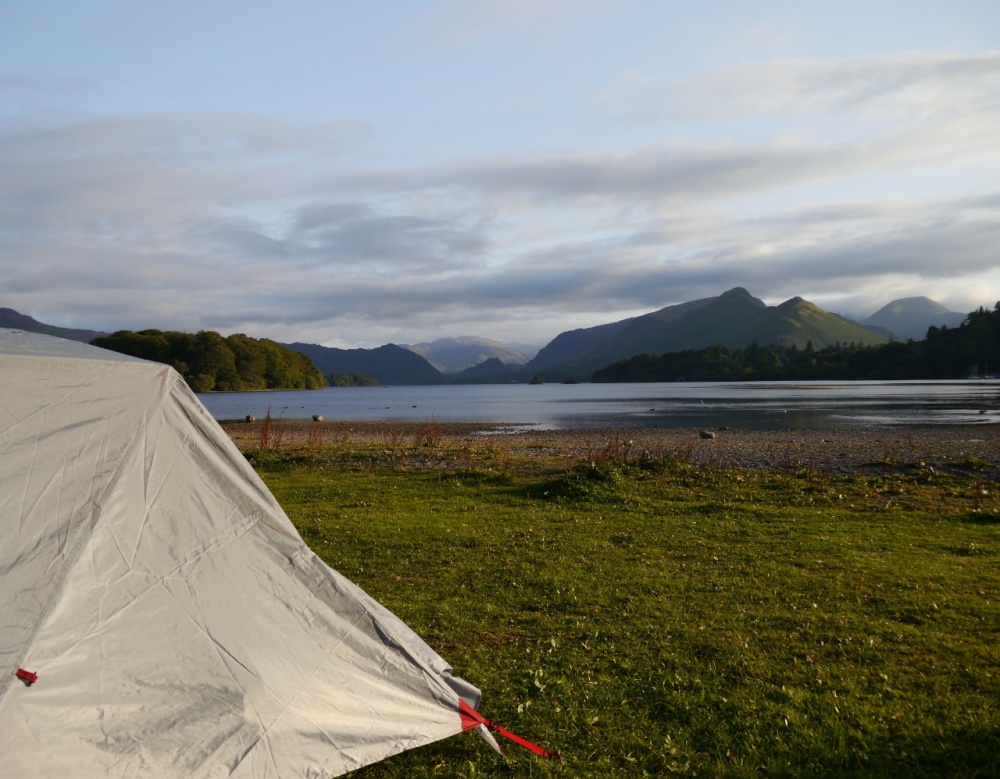
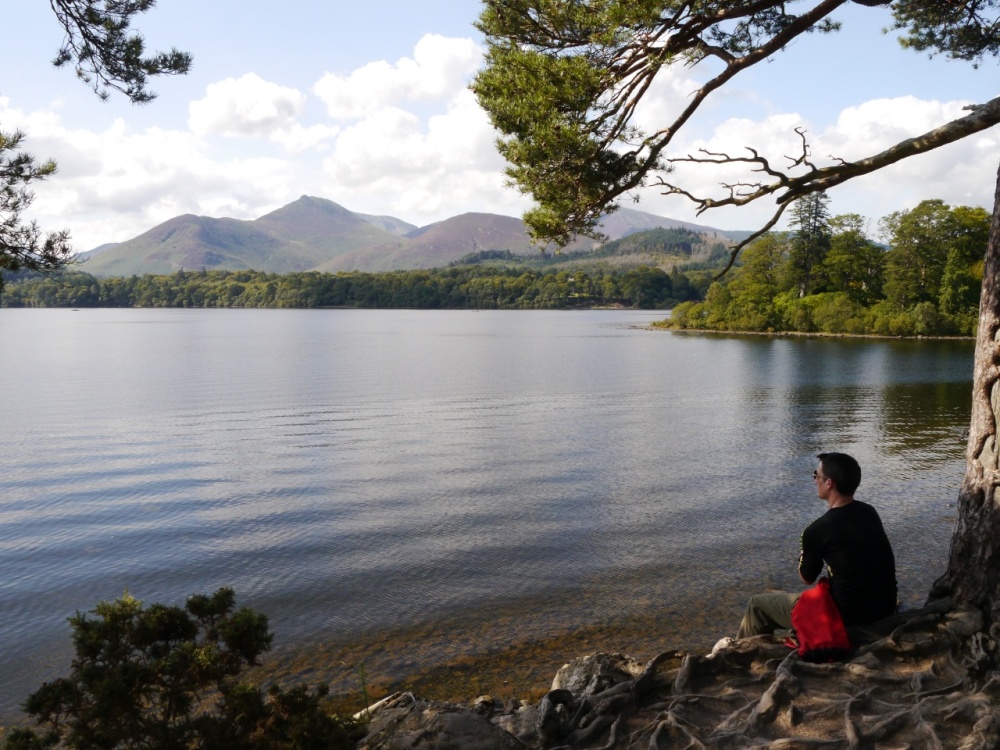
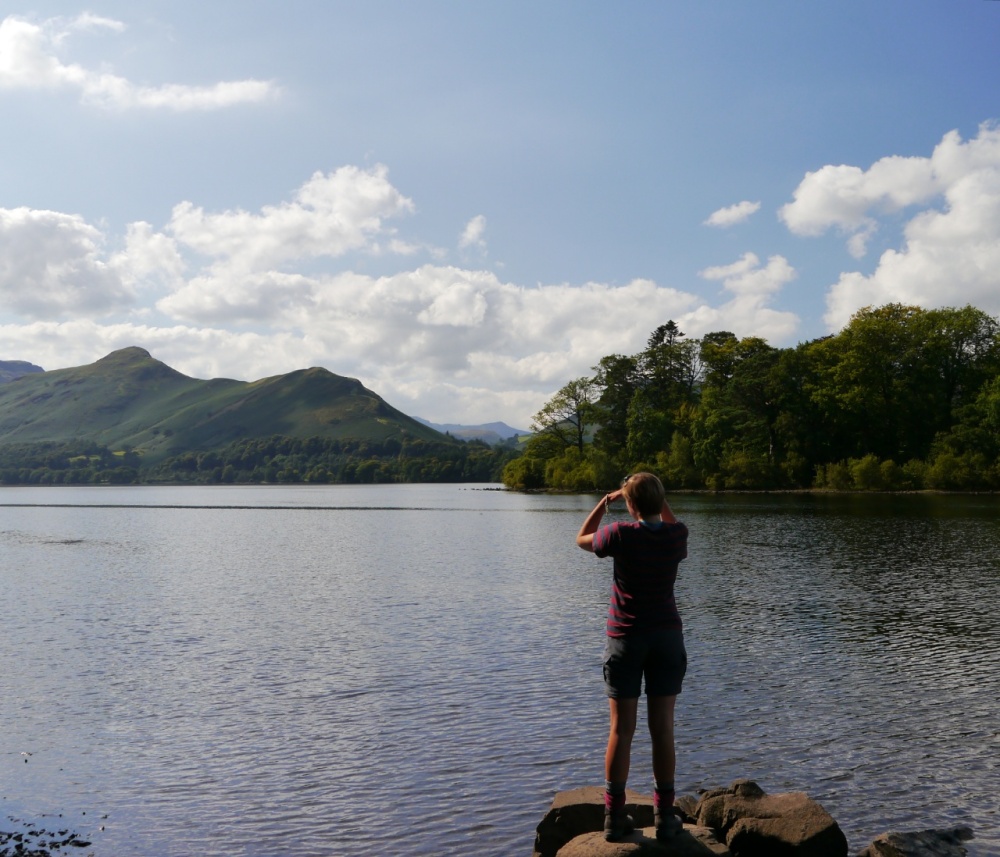
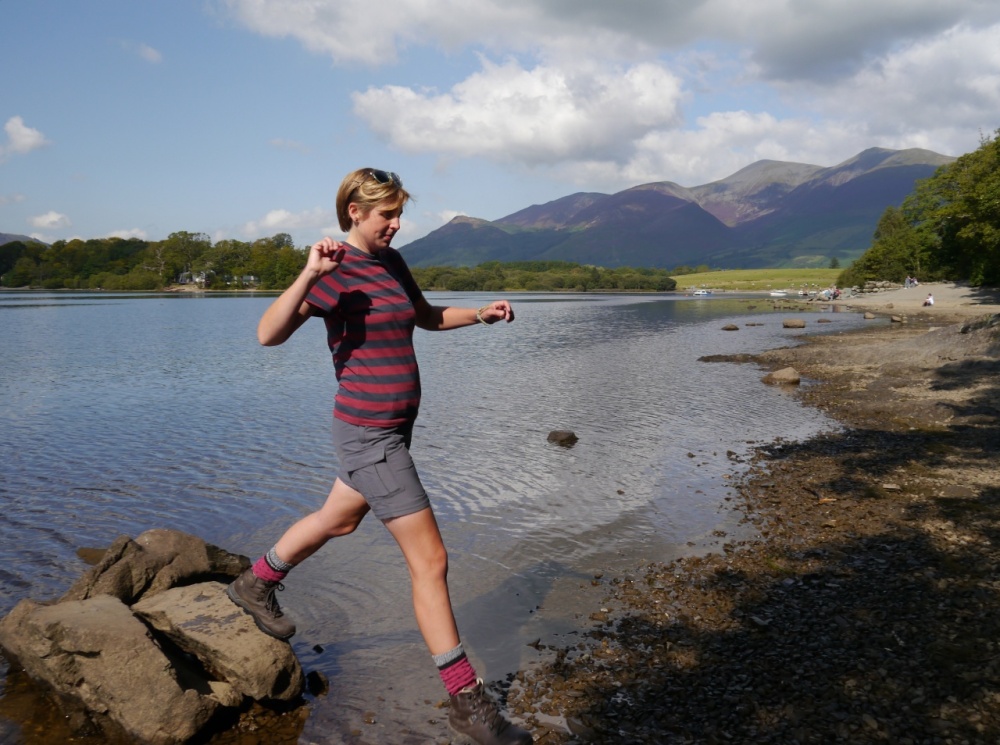
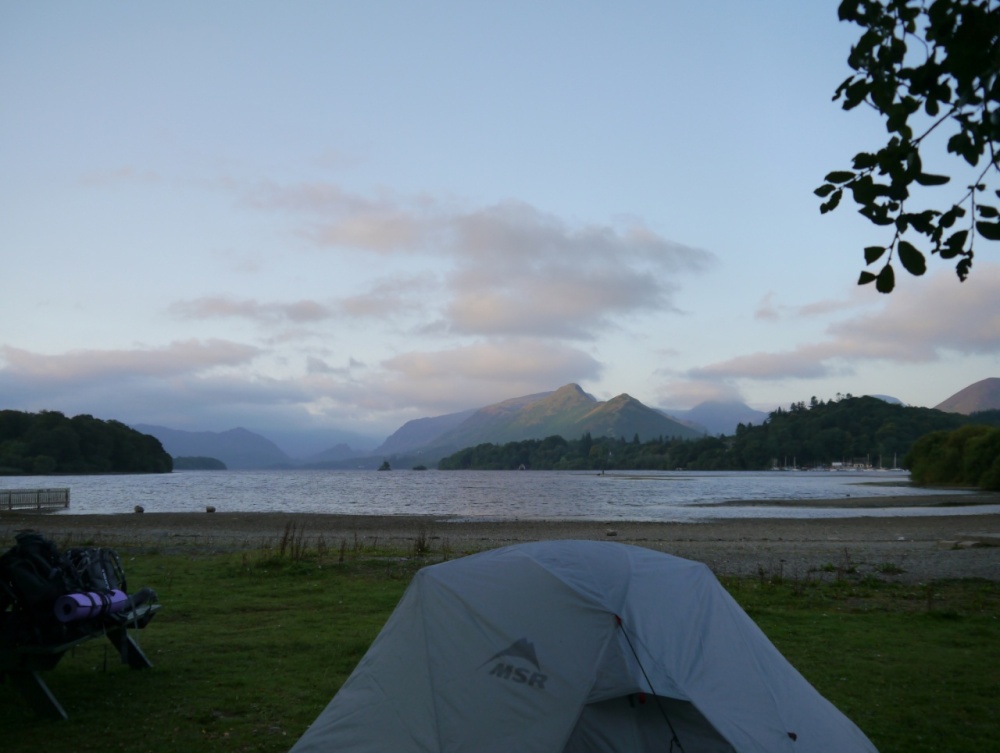
It was a long climb up to Stake Pass from the wild and empty Langstrath valley. We’d thought of camping up at the top somewhere, but this didn’t seem so tempting once in amongst the cloud that settled all around the craggy peaks. We plodded down into Mickleden with hill-tired knees, and made a camp over the river, with just a few sheep for company.
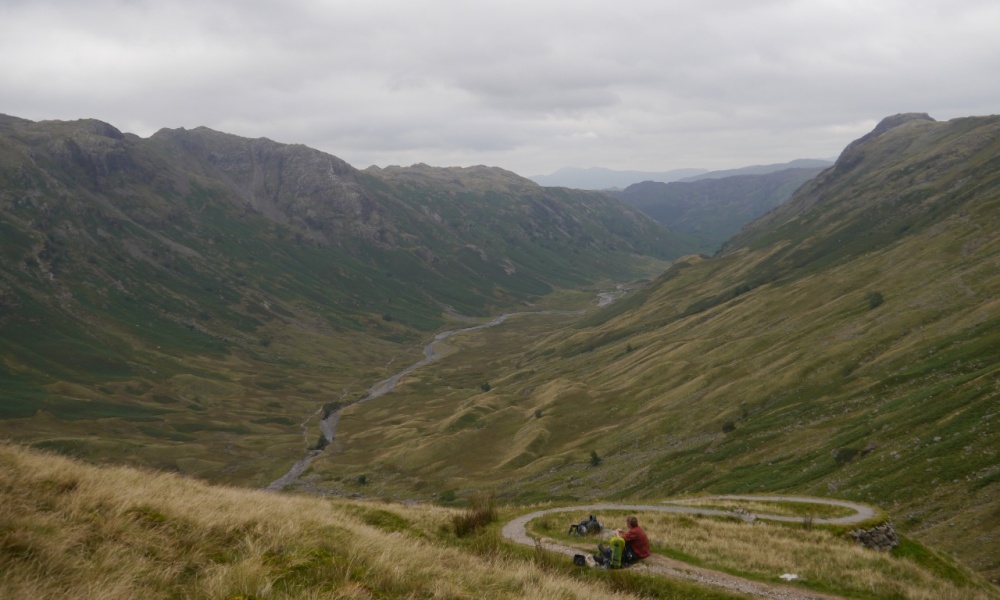
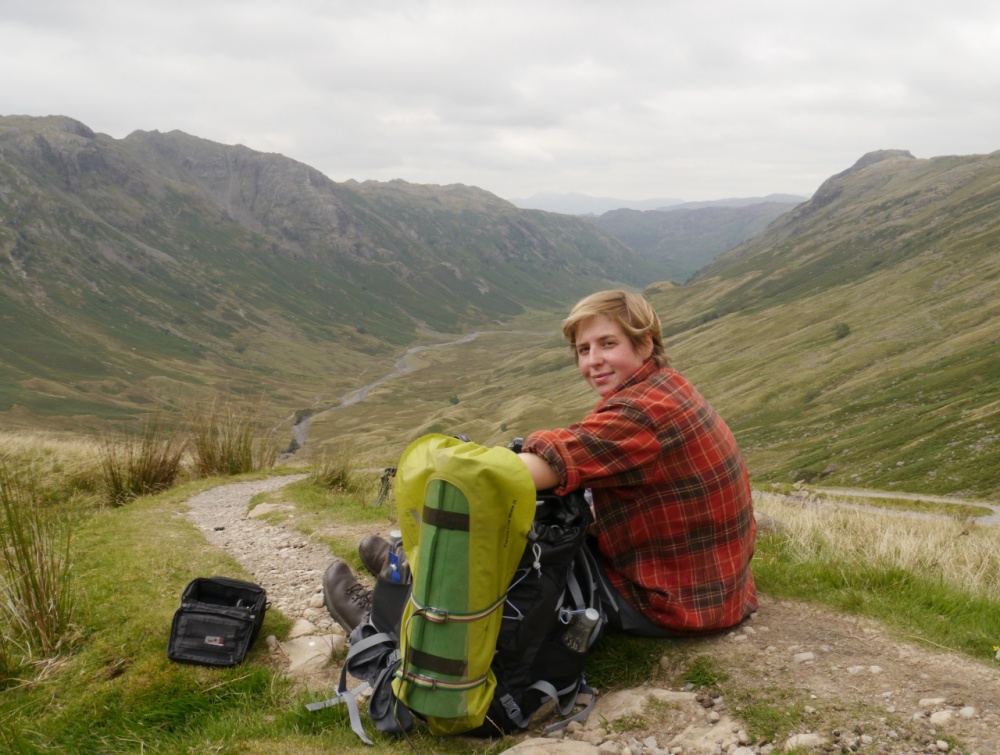
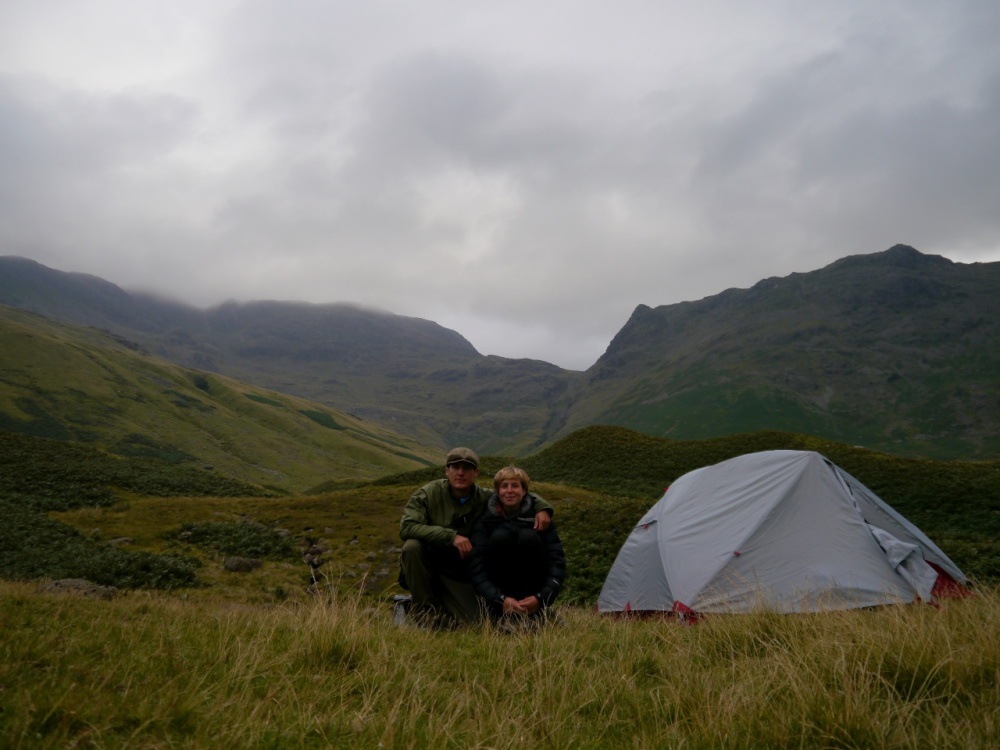
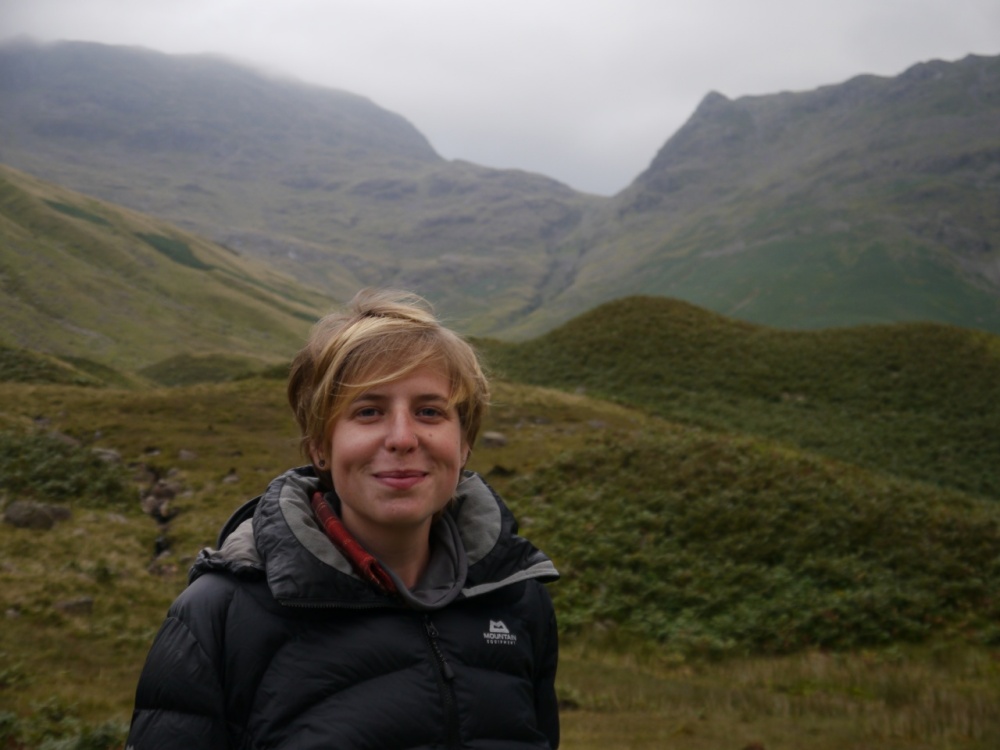
Something we missed a lot while cycling was a good English pub – we made up for this by trying most of the local ales we found along the Cumbia Way. The Bull at Coniston was my favourite pub, old fashioned and cosy, with a superb stout on tap from the Coniston Brewery. We agreed that writing books about pub walks in Britain would be a wonderful job. It was also nice to stop for tea and scones at a snug tearoom, and buy local cheese and apples from the shop: I felt like we were catching up on all the best things of England!
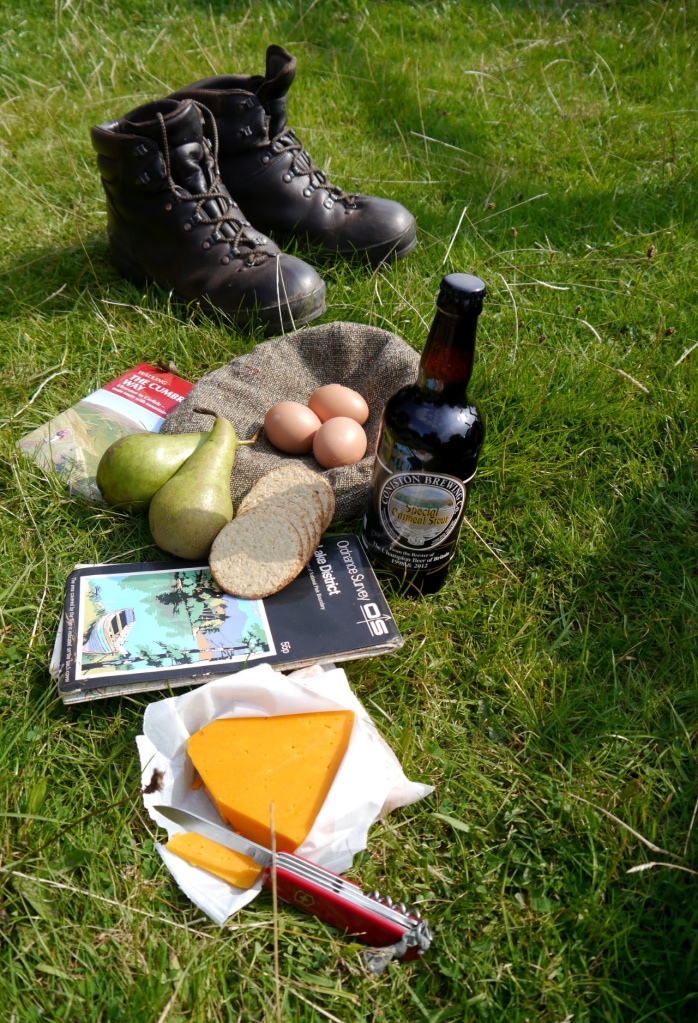
The last day of the walk was quite a tiring one, and we were both pleased to glimpse Ulverston down in the valley below, though a gorse-yellow fold of fell away. We realised we wouldn’t have time (or the energy) to walk out of town and find a camp spot, so phoned the Sun Inn for a room with fingers crossed, peering down on the far rooftops.
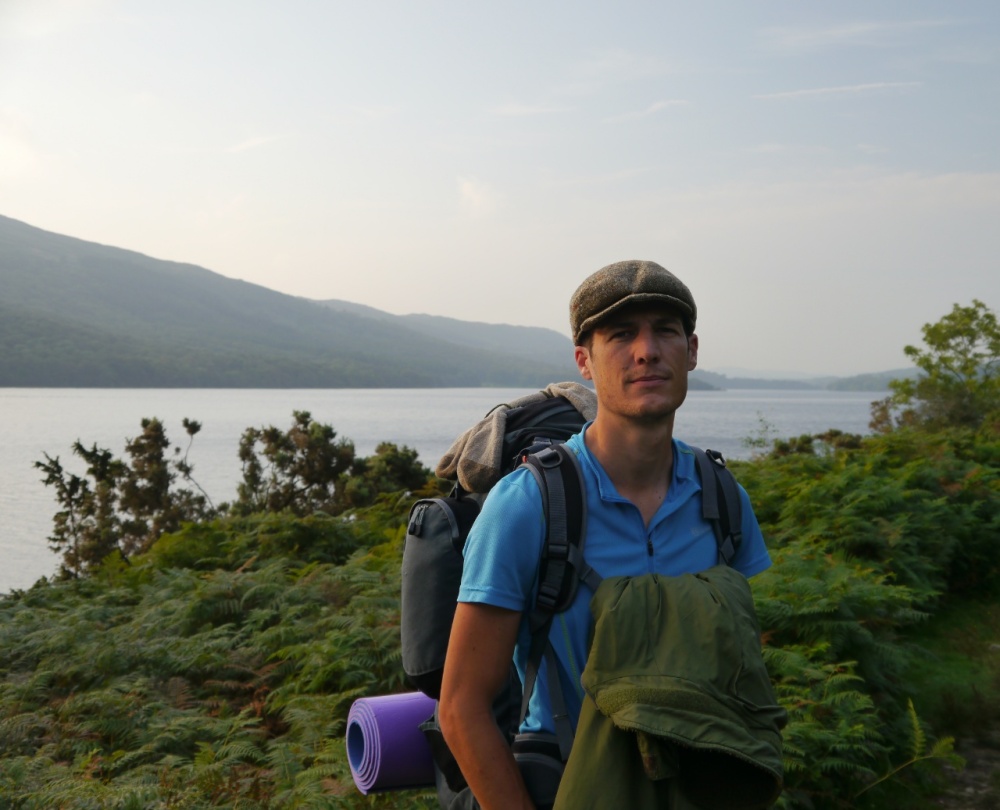
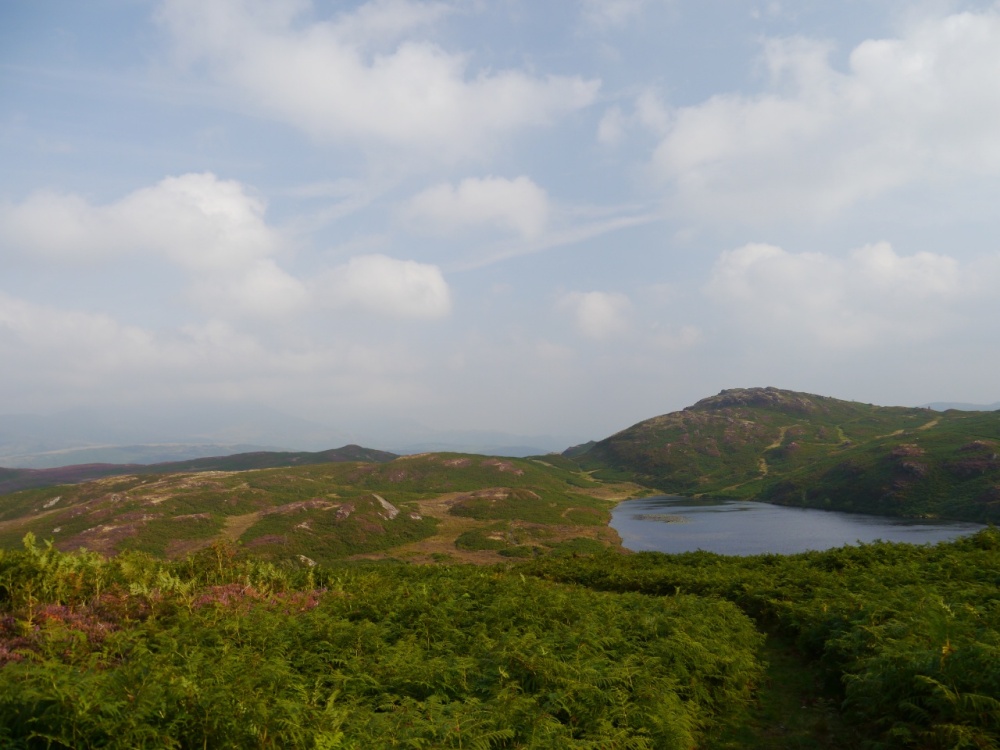
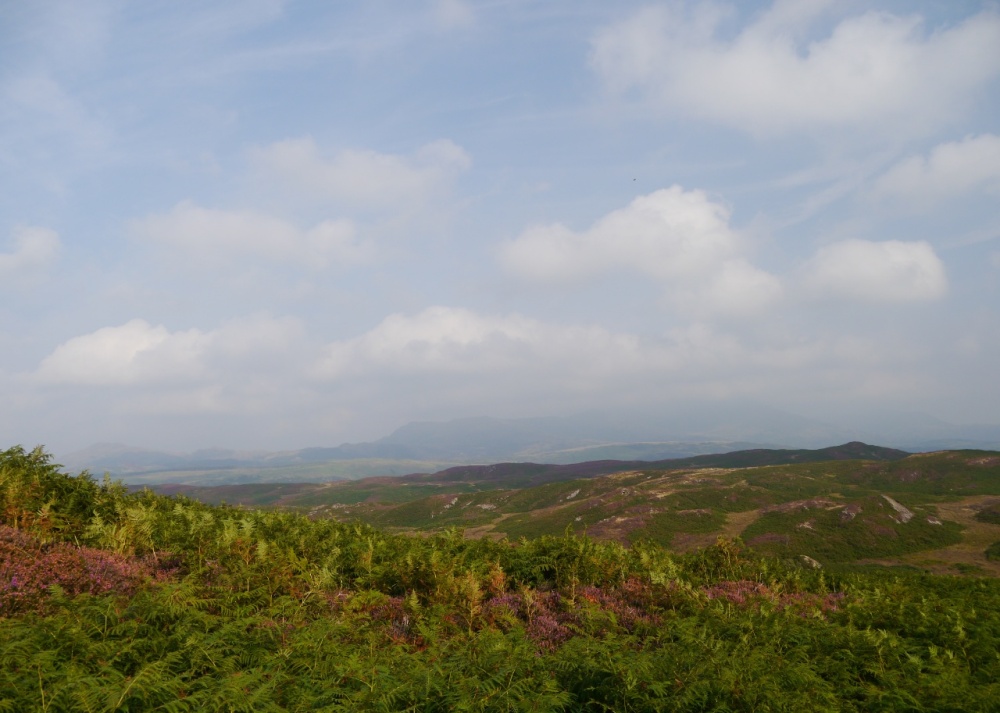
It was a dream come true from many tired and grubby cycling days past to stay at a pub, with a comfy bed and tea making things. We went downstairs for beers, then round the corner for some smashing (and well earned) fish and chips.
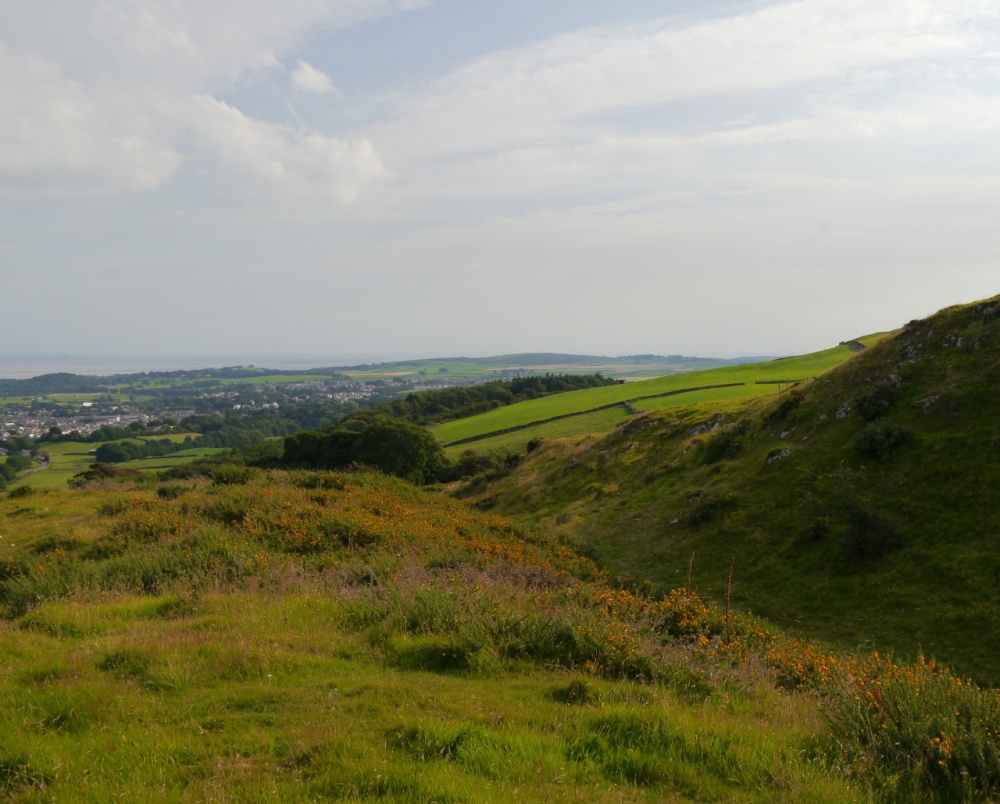
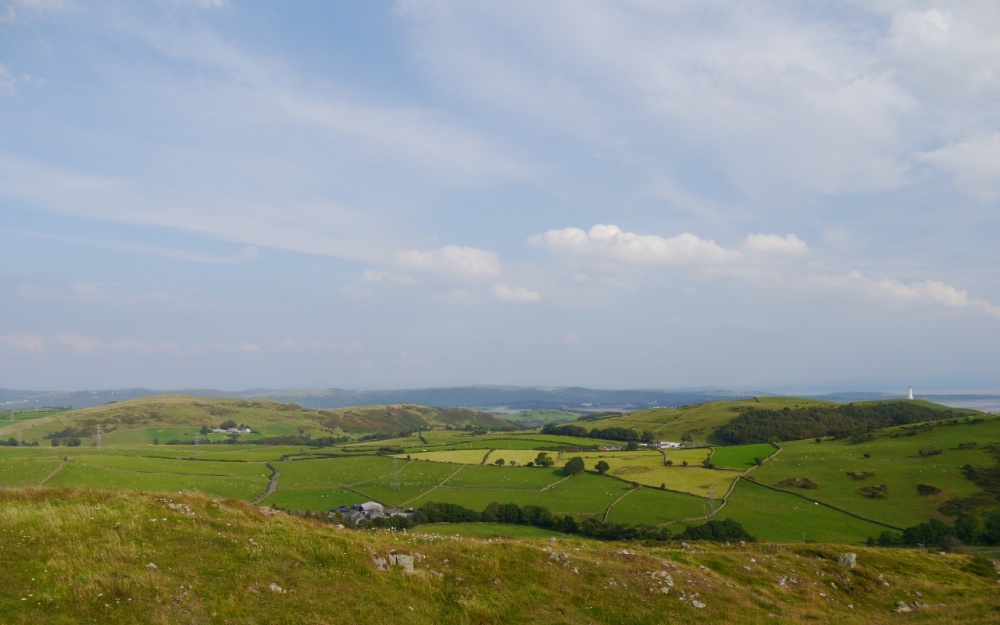
We woke up to the sound of rain on our third-floor window, tucked away in the top of the Sun. There were newspapers, a cooked breakfast, and more coffee than we could drink. It was a good way to end the walk, and well-timed. We caught a bus to Windermere where by coincidence, our friends Hannah and Paul were staying. Through a gate at the top of their road, the Dales Way path began; despite the drizzle, it was tempting to strike off to Yorkshire… Perhaps another day.
